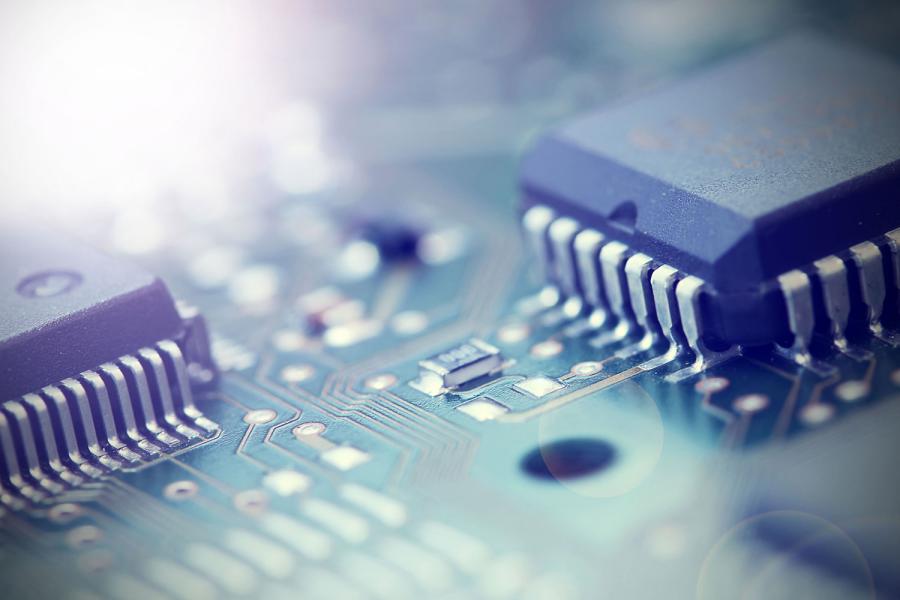* On your first PCB Assembly order!
* Up to $300 discount
 C - A L L E Y
C - A L L E Y 
Home | Events | PCB | About Us | News | Contact Us
Poor SMT patch processing often results from missing parts. There are multiple reasons for missing parts in SMT patch proofing processing. Furthermore, the process of SMT patching includes screen printing, dispensing, placement, curing, and PCB reflow soldering.
1. Reasons for poor processing of SMT patches
Missing parts: Various reasons can lead to missing parts in SMT patch proofing processing, such as insufficient vacuum pump carbon film, substantial differences in component thickness, errors in SMT patch machine parts parameter setting, and improper placement height settings.
Offset SMT package material: After the patch glue is cured, a component shift phenomenon may occur, with severe cases resulting in the component pins of the SMT patch proofing not aligning with the pad. This could be due to unclear positioning reference points in PCBA processing, misalignment of the positioning reference point on the PCBA board with the reference point of the steel mesh, or issues with the optical positioning system of the printer in the SMT small-batch chip processing plant. Additionally, the phenomenon may result from solder paste that does not match the opening of the stencil and the design file of the circuit board.
PCBA short circuit: Undesirable reactions such as bridging may cause a short circuit, or the distance between the stencil and the PCBA board may be too large, resulting in excessively thick solder paste and short circuits. Additionally, setting the component placement height too low may cause solder paste extrusion, short circuits, solder paste collapse, or issues related to the stencil opening size or thickness.
Tombstone phenomenon: Clogging of the steel mesh, nozzle, deviation of the feed port, excessive spacing between the pads, and poor temperature settings can cause the tombstone phenomenon in SMT patch processing.

Understand The Bad Reasons Aand Process Of SMT
2. SMT Patch Process
- Silkscreen: This step involves leaking solder paste or patch glue onto the PCB pads in preparation for component soldering. The equipment used for this purpose is a screen printing machine located at the forefront of the SMT production line.
- Dispensing: Here, glue is dispensed onto the fixed position of the PCB board to fix the components in place. The equipment used is a glue dispenser, typically located at the forefront of the SMT production line or behind the testing equipment.
- Mounting: This step involves accurately mounting surface-mount components to the fixed position of the PCB using a placement machine located behind the screen printing machine in the SMT production line.
- Curing: The function of this step is to melt the patch glue, firmly bonding the surface assembly components and the PCB board together. The equipment used for this purpose is a curing oven, located behind the placement machine in the SMT production line.
- PCB reflow soldering: This step involves melting the PCB solder paste to firmly bond the surface PCB assembly components and the PCB board together. The equipment used is a reflow oven, typically located behind the placement machine in the SMT production line.
- Cleaning: The purpose of this step is to remove harmful solder residues such as flux from the assembled PCB board using a washing machine, which may be located either online or offline.
Why Choose China PCBA Supplier KSPCBA as Your SMT Manufacturer?
– Experienced and skilled team
– State-of-the-art equipment
– Strict quality control
– Excellent customer service
– Competitive price

Please send Email to kspcba@c-alley.com or call us through +86 13828766801 Or submit your inquiry by online form. Please fill out below form and attach your manufacturing files( PCB Gerber files and BOM List) if need quotation. We will contact you shortly.
 +86 13828766801
+86 13828766801 kspcba@c-alley.com
kspcba@c-alley.com https://www.kingshengpcba.com/
https://www.kingshengpcba.com/ 2/F, Building 6, Tangtou 3rd Industrial Zone, Tangtou Community, Shiyan Town, Baoan District, Shenzhen, China, 518108
2/F, Building 6, Tangtou 3rd Industrial Zone, Tangtou Community, Shiyan Town, Baoan District, Shenzhen, China, 518108